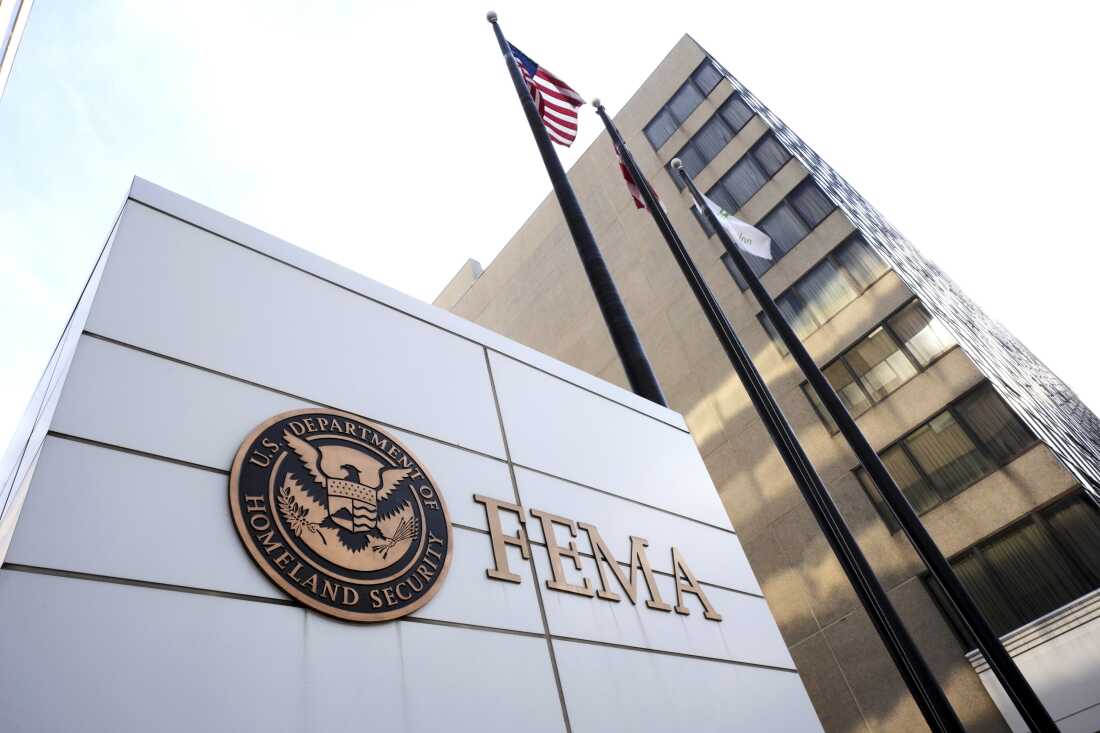Introduction
Crowd size estimates have long been a contentious issue in politics, often serving as a barometer for public support. Former President Donald Trump’s administration frequently touted large attendance numbers at his events, while critics and independent analysts often disputed these figures. One such instance occurred when Trump’s team claimed that 250,000 people attended a military parade in Washington, D.C., while simultaneously downplaying the significance of the “No Kings” protests, which organizers said drew 4 million participants nationwide.
This article examines the discrepancies in crowd estimates, the methodologies used to count attendees, and the broader implications of these claims in political discourse.
The Military Parade: Trump’s “Salute to America”
In July 2019, President Trump hosted a “Salute to America” event on the National Mall to celebrate Independence Day. The event featured military displays, flyovers, and a speech by Trump at the Lincoln Memorial.
Trump’s Claim: 250,000 Attendees
The Trump administration asserted that 250,000 people attended the event. Officials cited Park Service estimates, though the National Park Service (NPS) had stopped releasing official crowd counts after previous controversies.
Independent Estimates: Far Fewer
-
The Washington Post analyzed aerial images and estimated fewer than 10,000 people on the Mall during Trump’s speech.
-
NBC News reported that crowd density suggested tens of thousands, not hundreds of thousands.
-
CBS News noted that large sections of the Mall were sparsely populated, contradicting the White House’s claims.
Why the Discrepancy?
-
Administration’s Motivation: Trump has long been fixated on crowd sizes as a measure of popularity.
-
Lack of Transparency: The NPS no longer provided official counts, allowing the White House to make unchecked claims.
-
Inclusion of Broader Areas: Some speculated that the 250,000 figure included people scattered around D.C., not just those at the main event.
The ‘No Kings’ Protests: A Massive Counter-Movement
Around the same time, progressive activists organized the “No Kings in America” protests, a nationwide movement opposing authoritarianism and Trump’s policies. Organizers claimed 4 million participants across the U.S., making it one of the largest protest movements in recent history.
Evidence Supporting Large Turnout
-
March for Truth (2017-2019): Earlier anti-Trump protests had drawn hundreds of thousands.
-
Women’s March (2017): Drew an estimated 3-5 million nationwide, setting a precedent for mass demonstrations.
-
Grassroots Mobilization: The “No Kings” movement was backed by multiple activist groups, ensuring high turnout.
Media Coverage vs. Trump’s Response
-
While major outlets reported on the protests, the Trump administration dismissed their significance, calling them “overhyped” and “fake news.”
-
Trump’s team argued that the military parade’s “patriotic” gathering was more important than “anti-American” protests.
The Psychology of Crowd Size Claims
Why Do Politicians Inflate Numbers?
-
Perception of Popularity: Larger crowds suggest strong public support.
-
Media Narrative Control: Big numbers dominate headlines.
-
Undermining Opponents: Downplaying rival events weakens their impact.
How Are Crowds Actually Measured?
-
Aerial Photography: Satellites and helicopters provide visual estimates.
-
Metro Ridership: Increased public transit usage can indicate turnout.
-
Ground Sensors & Police Estimates: Some cities use tech or law enforcement counts.
Yet, without standardized methods, politicians can manipulate figures to fit their narratives.
Historical Precedents: Crowd Controversies Aren’t New
-
Obama’s 2009 Inauguration: Disputes over whether it was the “largest ever.”
-
Trump’s 2017 Inauguration: His team falsely claimed record attendance, leading to the infamous “alternative facts” controversy.
-
Million Man March (1995): Organizers said 1.5 million attended; official estimates were 400,000-800,000.
These cases show that crowd sizes are often politicized, regardless of administration.
Conclusion: Why Crowd Estimates Matter
The debate over 250,000 vs. 4 million is more than just a numbers game—it reflects deeper issues:
-
Trust in Government: When officials exaggerate, public skepticism grows.
-
Media’s Role: Fact-checking is essential to counter misinformation.
-
Democratic Engagement: Protests and public gatherings are vital to democracy; dismissing them undermines civic participation.
Ultimately, whether it’s Trump’s military parade or the “No Kings” movement, the truth about crowd sizes matters—because in a democracy, the people’s voice should be counted accurately, not inflated or diminished for political gain.
Final Thoughts
Politicians will always spin numbers, but journalists, researchers, and the public must hold them accountable. The next time a leader boasts about crowd sizes, ask: Where’s the evidence? Because in the battle of narratives, facts should always win.




